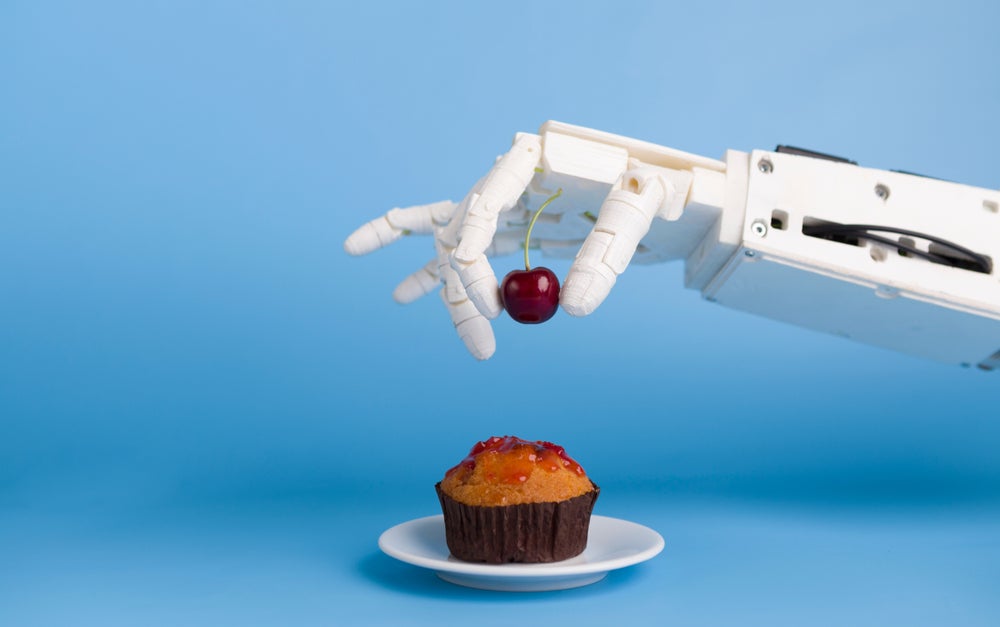In recent years, the culinary landscape has transformed with the advent of AI-generated food images, which deliver representations of delectable dishes meticulously crafted by an AI algorithm.
As a result, many product marketers are embracing tools like DALL-E and MidJourney. This new technological capability has gained significant popularity, reshaping not only the way we perceive food but also influencing consumer behaviour and industry practices.
AI’s tempting mirage on the food industry
The use of AI-generated images by the food industry has been both radical and controversial. These life-like renderings have revolutionized marketing strategies, enabling businesses to showcase their products in the most enticing manner possible. From tantalizing social media posts to immersive online menus, these AI-generated images have become indispensable tools for attracting consumers and driving sales.
Consumers tend to favour AI-generated food images over real food images, especially when they are unaware of their true nature, according to research undertaken as part of Global Nutrition and Hydration Week 2024. The research discovered that AI-generated images often depict food as more energy-dense than the original, especially in terms of the portion sizes depicted.
For example, AI may augment the quantity of fries in the image or add extra whipped cream to a dessert. This concern is that the widespread dissemination of such idealized food images could encourage the eating of unhealthy foods, or normalize such oversized portions.
This newfound reliance on artificial imagery has also raised concerns about authenticity and transparency within the industry. As consumers increasingly demand honesty and integrity from food establishments, the use of AI-generated images poses an ethical dilemma regarding the role of truth in advertising and the portrayal of food products.
How well do you really know your competitors?
Access the most comprehensive Company Profiles on the market, powered by GlobalData. Save hours of research. Gain competitive edge.

Thank you!
Your download email will arrive shortly
Not ready to buy yet? Download a free sample
We are confident about the unique quality of our Company Profiles. However, we want you to make the most beneficial decision for your business, so we offer a free sample that you can download by submitting the below form
By GlobalDataInstacart, an online grocery platform, removed certain AI-generated images following a Business Insider article that shed light on the company’s use of AI. The decision came after users on the Instacart subreddit began noticing and discussing the peculiarities of these images in early January 2024, sharing examples of particularly odd or amusing ones.
Comprehensive impact of AI-generated food images on consumers
AI-generated food images have a multifaceted impact on humans, spanning psychological, behavioural, and societal dimensions. They stimulate appetite, influence taste perception, and enhance mood, potentially leading to increased food consumption and preference for visually appealing yet unhealthy options.
Moreover, exposure to images of large portion sizes can normalize overeating behaviours, shaping dietary preferences, and contributing to societal perceptions of desirable food. These images play a significant role in advertising and marketing, impacting consumer behaviour and potentially exacerbating unrealistic body standards and disordered eating behaviours.
Future of generative AI food images
As we look ahead, the impacts of generative AI food images on both industry practices and consumers remain uncertain.
While advances in technology hold the promise of even more realistic and immersive visual experiences, ethical considerations must be carefully navigated to ensure transparency and maintain consumer trust. Moreover, efforts to keep a balance between artistry and authenticity will shape the evolving landscape of culinary representation.








